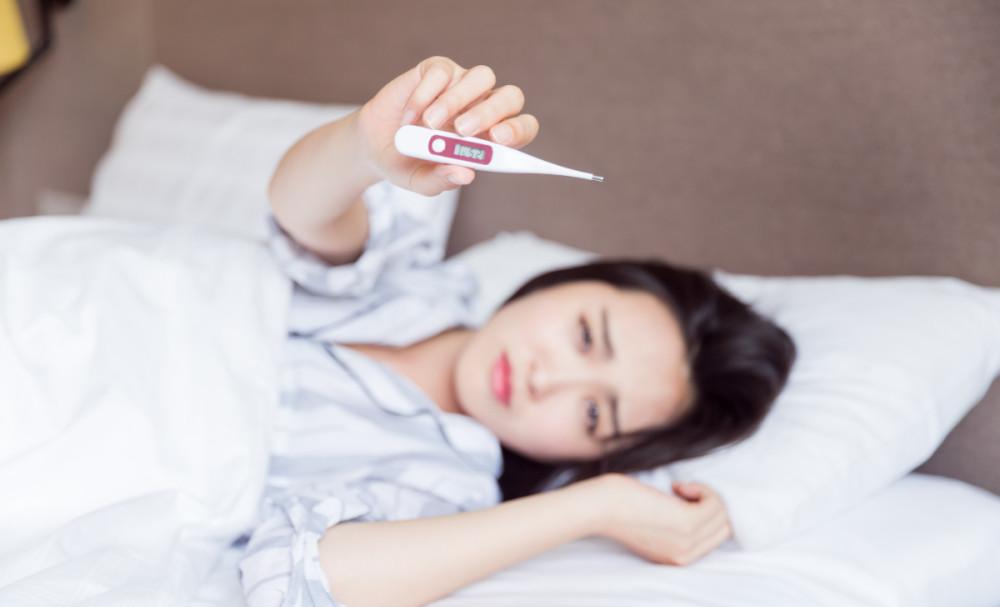A good egg is crucial for couples who are trying to conceive and create villains. If you want to successfully conceive, you must always understand the growth and development of the egg, in order to "know yourself and know that the other is invincible".

How big are the eggs?
When a woman was a fetal baby, the number of primitive egg cells had reached as many as 7 million. With the birth of baby girls, the egg cells dropped from 7 million to 2 million; by puberty, there were 500,000 left; in adulthood, there were more than 100,000 left, and the rest of the small partners had degenerated on their own.
In general, egg cells develop to 18-25 mm in the normal range. Women will only have one mature egg cell excreted each month, and the mature egg cell size is more than 20 mm. There are individual differences in egg cells from maturity to excretion: some people will excrete their eggs when they grow to 15 mm, and some people will not ovulate until 25 mm.
Under ultrasound monitoring, the largest follicle appears at 10-16 days of menstruation, the follicle diameter is 20mm, round, thin-walled, and protrudes to the side of the ovary, the internal sound is good, and ovulation is generally achieved within 10 hours, and the ovulation time is more common in the 12th-18th day of menstruation, and a few are in 20-30 days.
How large are the eggs excreted?
In most cases, the follicle is around 20 mm in diameter and will be excreted. If you don't reach the ovulation stage, you basically can't see the egg. Only when it develops into an follicle can we see the egg with the help of a microscope, and on the 10th-14th day before menstruation, it is often called the ovulation period.
Normal mature eggs are generally more than 20 mm, and the smallest is above 18 mm. The follicles that grow from primary follicles to maturity are divided into 8 grades, the first five grades are too small and have a long growth time; the 6th follicle is 5 mm in diameter; after 5 days, the follicle develops to 10 mm, becoming a grade 7 follicle; and then after 5 days, it reaches the 8th level, which is 16 mm in diameter. This is the mature follicle.
In other words, 10 days have elapsed since the growth of the grade 6 follicle to the follicle of grade 8, which is exactly the follicle phase of a menstrual cycle. Starting from 16 mm, after another 2-3 days, it develops into a 20 mm follicle and the egg is released.
How long does an egg survive?
Sperm have a lifespan of 2-3 days, while eggs have a relatively short lifespan of only 48 hours, with the strongest ability to fertilize within 24 hours after excretion.
Couples who are trying to conceive, if they want to conceive smoothly, it is best to start creating a villain before the egg is released, which can increase the chance of sperm and egg encounters.
How to improve egg quality?
Avoid sexual life during menstruation: Sexual activity is not recommended during menstruation. Otherwise, because of the production of anti-sperm antibodies, pelvic infections, endometriosis and other diseases will occur, and the quality of eggs will not be guaranteed.
Exercise more: improve egg quality, exercise appropriately (jogging, yoga, swimming, tai chi, etc.).
Avoid overwork: Maintain a regular life schedule and avoid a noisy living environment.
Adjust emotions: When the pressure is too high, a large number of "anxiety hormones" will be produced in the body, which will lead to endocrine disorders.
Adjust the diet: quit smoking and alcohol or less tobacco and less alcohol, avoid overeating, eat more black beans, soy milk, boiled fish soup, etc.
· END·